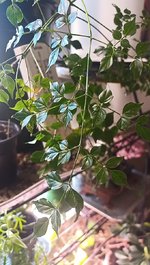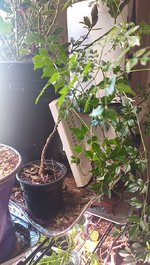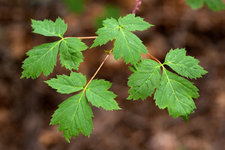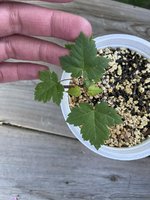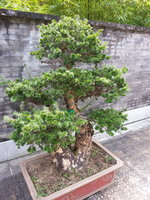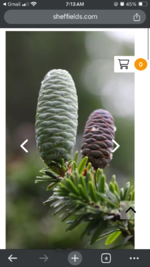I realized that not many are working with Vachelia Caven and started wondering if there were tree species that are maybe being overlooked for their bonsai potential. VC are tropical evergreens in the legume family. Seeds were very easy to germinate. Trees grows relatively fast and respond very well to pruning. Leaves are bipinnate and feathery. I like the foliage on these better than the rounder versions found on Brazilian Raintrees and Acacia. Somewhat drought tolerant, so less pooky than a BR. VC will produce little pom pom flowers that smell amazing (and massive thorns). Small scars from pruning in the fall are almost healed over. Tree didn't seem to mind its one minor repot (I hear other nitrogen fixing plants can be less than happy about this). Haven't tried cuttings so don't yet know how easy it easy to propagate. More than happy to share cuttings if they take in an attempt to share the joy of this tree.
I would recommend folks give VC a try. Any species you are working with that are less than common, but maybe should be used more?
I would recommend folks give VC a try. Any species you are working with that are less than common, but maybe should be used more?


